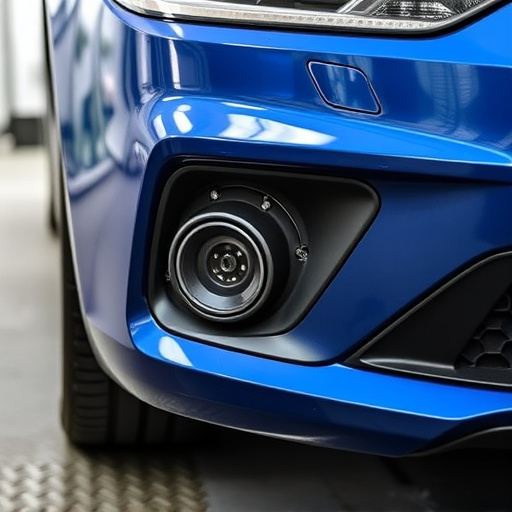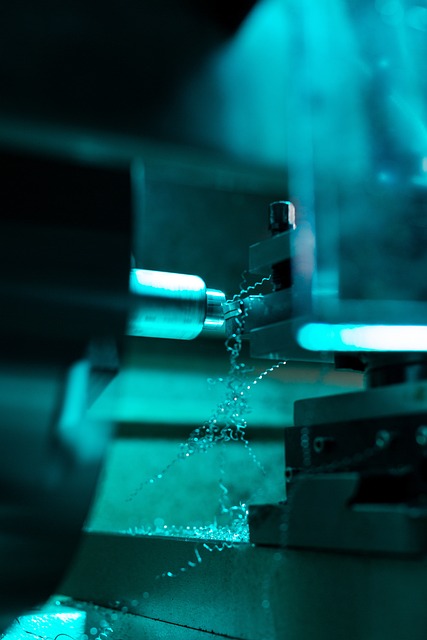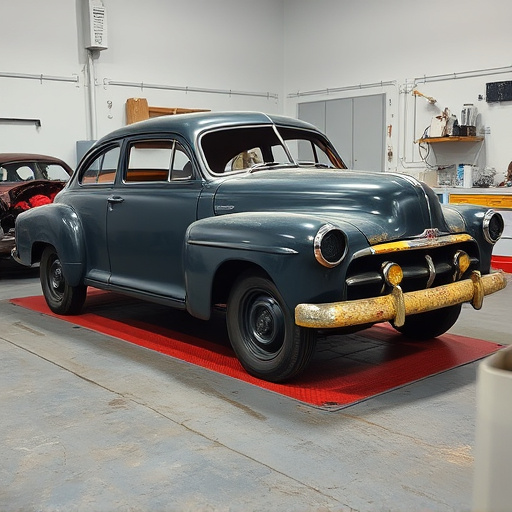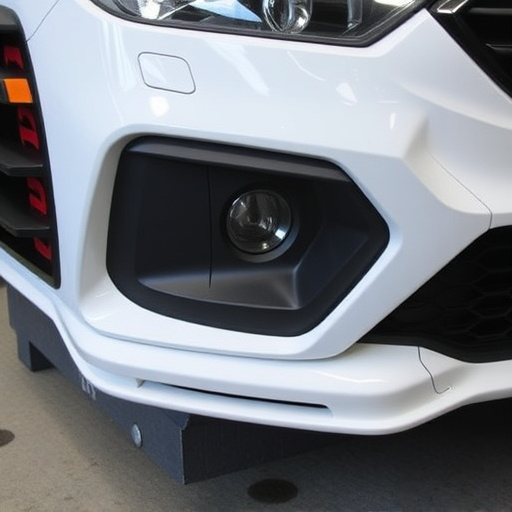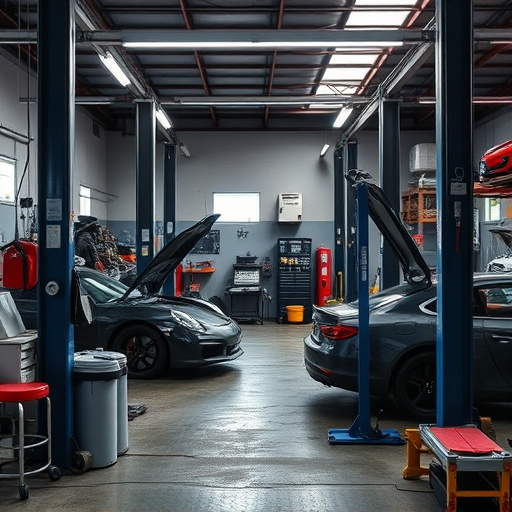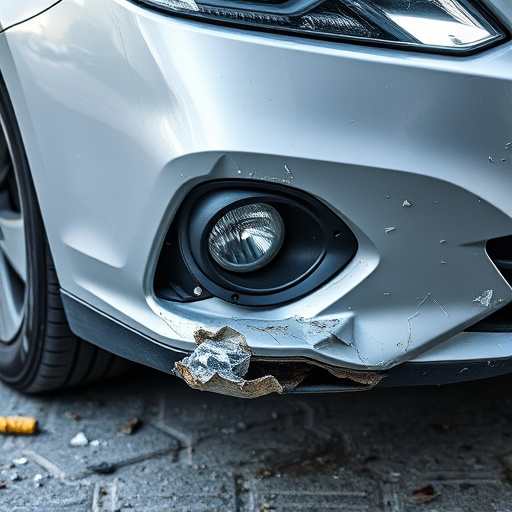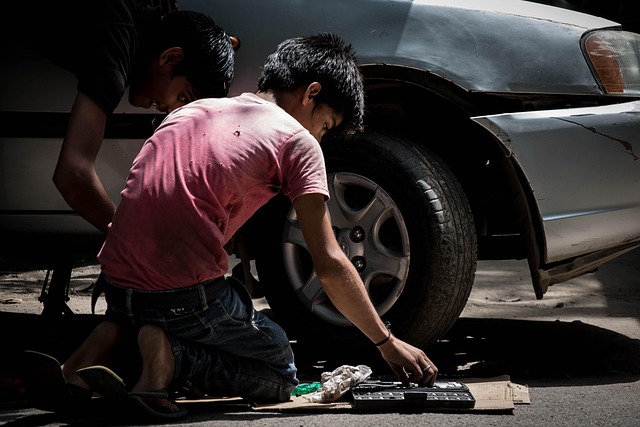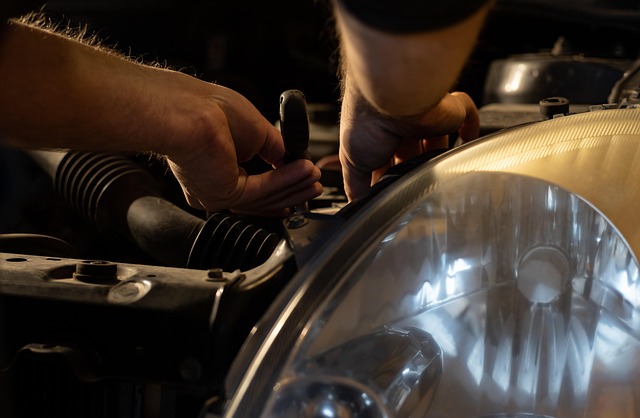Tesla's Adaptive Suspension System is an advanced technology that enhances driving dynamics and comfort by real-time adjustments based on road conditions and driver inputs. When issues arise, Tesla employs sophisticated diagnostic tools for efficient problem identification, using remote access to vehicle data to streamline repairs. The internal diagnosis process involves real-time monitoring of suspension sensors and comparing data against pre-programmed norms to detect anomalies like damaged shocks or struts. Proactive maintenance through regular checks and timely repairs is crucial for optimal system function, ensuring a better ride quality, stability, and safety on various road conditions, ultimately extending the vehicle's lifespan.
Tesla’s advanced Adaptive Suspension System is a key feature that enhances driving dynamics and comfort. This innovative technology, however, requires meticulous internal diagnosis for repairs to ensure optimal performance. This article delves into the intricate process Tesla employs for diagnosing and repairing its adaptive suspension systems. From understanding the complex mechanism to exploring best practices for maintenance, we provide valuable insights for Tesla owners and enthusiasts interested in keeping their vehicles’ adaptive suspension in peak condition.
- Understanding Tesla's Adaptive Suspension System
- The Internal Diagnosis Process: Step-by-Step
- Repair and Maintenance Best Practices for Optimal Performance
Understanding Tesla's Adaptive Suspension System
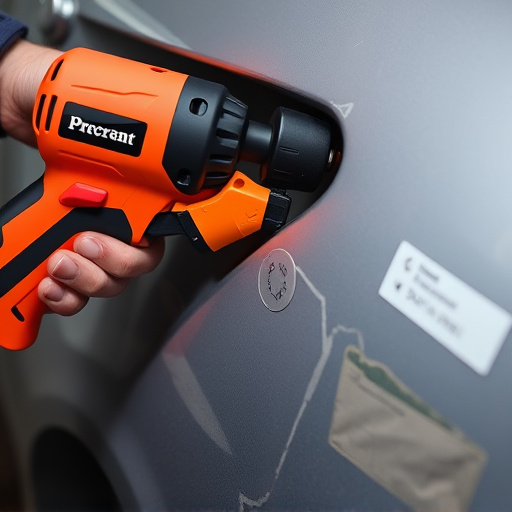
Tesla’s Adaptive Suspension System is a sophisticated piece of technology designed to enhance driving dynamics and comfort. This system uses sensors and actuators to continuously adjust the vehicle’s ride height, stiffness, and dampening in real-time based on road conditions and driver inputs. By actively managing wheel movement, it improves handling, reduces body roll, and provides a smoother, more controlled ride. The system is integral to Tesla’s signature performance and luxury driving experience.
When issues arise with the adaptive suspension, such as unusual riding behavior or decreased performance, Tesla employs advanced diagnostic tools to pinpoint problems efficiently. These tools allow technicians to remotely access vehicle data, identify fault codes, and conduct virtual assessments, all part of Tesla’s commitment to innovative vehicle repair services. This approach streamlines the process for both owners and authorized collision repair centers, ensuring prompt and effective Tesla adaptive suspension repair.
The Internal Diagnosis Process: Step-by-Step
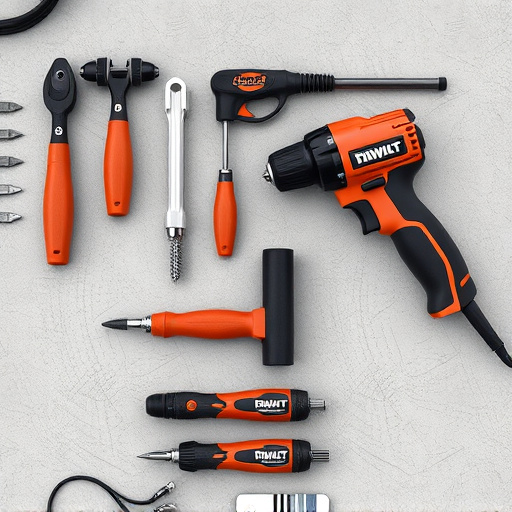
The internal diagnosis process for Tesla adaptive suspension repair is a sophisticated and multi-stepped procedure designed to accurately identify issues within the car’s advanced suspension system. It begins with the vehicle’s onboard computers constantly monitoring various sensors positioned throughout the suspension components. These sensors detect minute changes in pressure, movement, and strain, enabling the system to track performance in real time.
When an anomaly is detected, the software compares current data against pre-programmed norms. If discrepancies persist, the system flags potential issues, such as damaged shocks or struts. Subsequently, advanced diagnostic tools are employed, including sophisticated scanning tools that communicate directly with the vehicle’s control units. This process not only pinpoints the exact location of the problem but also provides detailed information about its severity. The outcome is a comprehensive internal diagnosis that facilitates precise Tesla adaptive suspension repair, ensuring optimal performance and safety for the vehicle.
Repair and Maintenance Best Practices for Optimal Performance
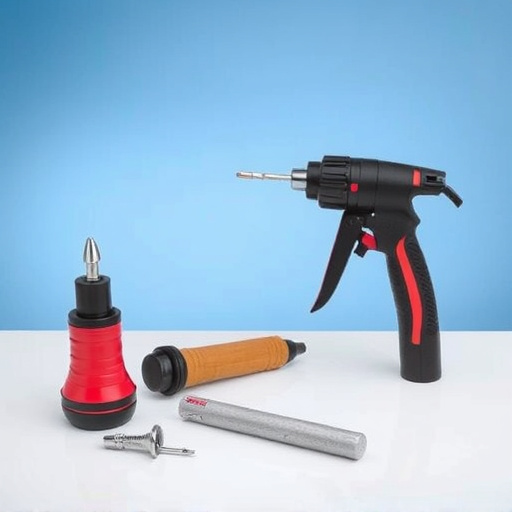
Maintaining Tesla’s adaptive suspension system is paramount for optimal vehicle performance and safety. Regular checks and timely repairs are crucial to ensure the system functions at its best, enhancing both ride quality and stability. A well-maintained adaptive suspension can adapt to various road conditions, providing a smoother and more controlled drive.
When it comes to Tesla adaptive suspension repair, a proactive approach is key. Owner manuals often provide guidelines for routine auto maintenance, including specific checks for the suspension components. Regular visits to a reputable collision repair center or car bodywork specialist can help identify potential issues early on. These professionals have the tools and expertise to diagnose problems, whether it’s a faulty sensor, damaged springs, or misaligned struts. Prompt action on these repairs ensures the system remains precise and responsive, contributing to the overall longevity of the vehicle.
Tesla’s advanced Adaptive Suspension system is a key feature that enhances vehicle performance and comfort. The internal diagnosis process, as detailed in this article, showcases Tesla’s commitment to efficient and precise repairs. By following the step-by-step guide and implementing best practices for maintenance, owners can ensure their vehicles reach peak performance. Understanding the intricacies of Tesla adaptive suspension repair is crucial for both technicians and enthusiasts alike, highlighting the innovative standards set by this automotive pioneer.

